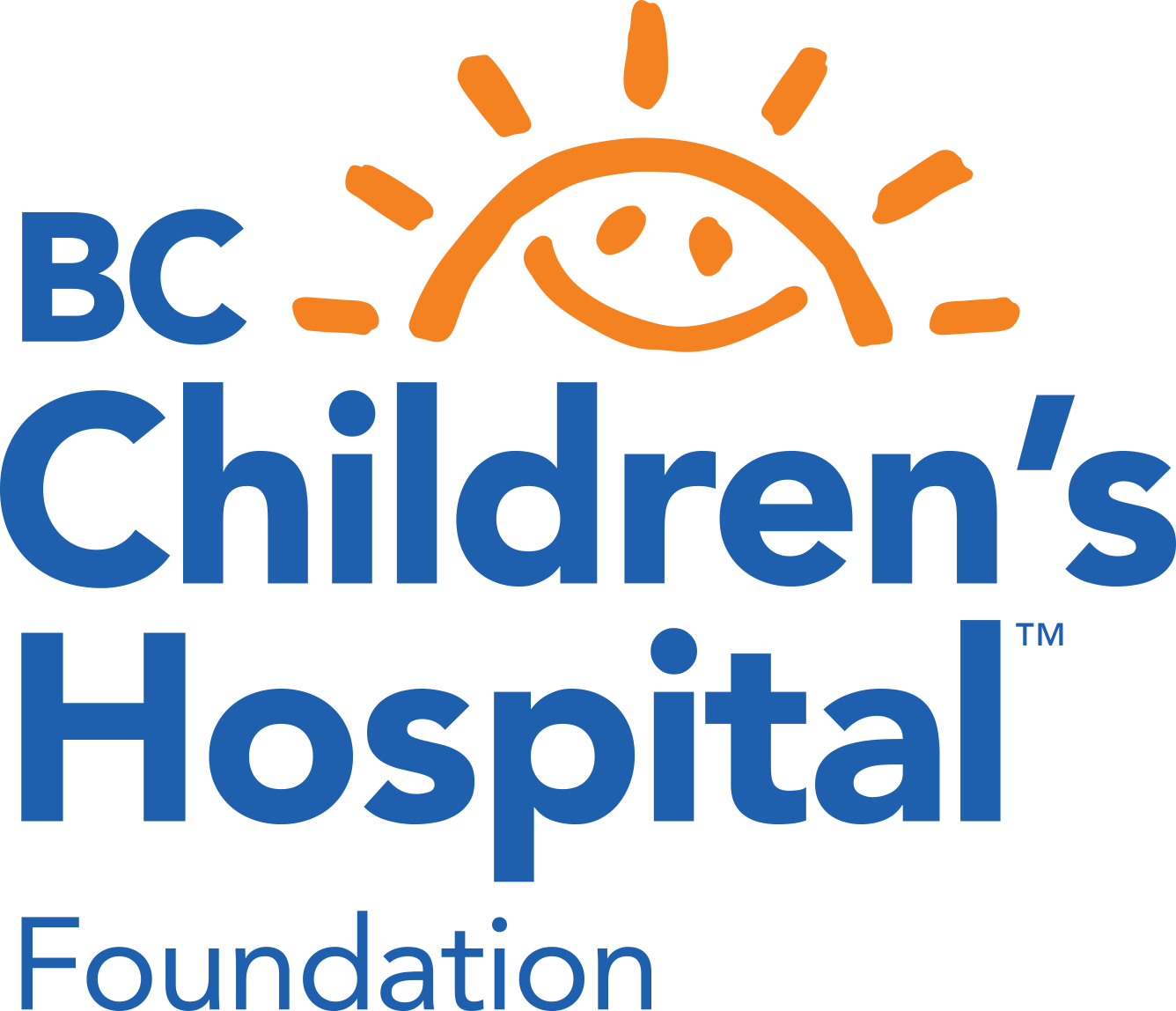Naltrexone (ReVia®) belongs to a group of medications called opioid antagonists.
What is this medication used for?
Naltrexone is approved by Health Canada in adults for management of alcohol use disorder to support abstinence and minimize risk of relapse. Naltrexone is not approved by Health Canada for use in children and adolescents.
While not approved by Health Canada for these purposes, limited evidence suggests it benefits children with autism who display self-harm behaviours, and in people who experience nerve pain secondary to conditions such as fibromyalgia.
When potential benefits outweigh risks, naltrexone may be prescribed “off-label” for children and adolescents. Learn more about off-label use: http://bit.ly/KMH-off-label
Tell your doctor or pharmacist if you:
- Have allergies or bad reactions to a medication.
- Take or plan to take other prescription or non-prescription medications (including natural medicines). Some medications may interact with naltrexone. Your doctor may adjust doses or monitor for side effects.
- Have a history of severe respiratory problems, liver or kidney disease, bowel obstruction, seizures, mental/mood disorders, or head injury.
- Miss a menstrual period, are pregnant, breast-feeding or planning a pregnancy.
- Use alcohol or street drugs. Taking naltrexone with certain substances may cause a bad reaction, particularly with opioids. Learn more at www.DrugCocktails.ca
When will this medication start to work?
Naltrexone is usually taken once daily and is expected to start to reduce pleasurable effects of alcohol, self-harm behaviours or nerve pain within 30-60 minutes. It is important that you continue taking naltrexone regularly to get the most benefit from this medication.
Talk with your doctor if you feel that naltrexone has not been helpful or if side effects are too bothersome. Your doctor may recommend switching you to a different dose or medication.
How do I take this medication?
Take this medication as prescribed by your doctor. For alcohol use disorder and self-harm behaviours associated with autism, you may begin at a lower dose taken once daily and increase gradually.
For nerve pain, you may begin at a much lower dose (as low as 0.5 to 4.5 mg per day), and your doctor will adjust the dose gradually to find the effective dose for your symptoms.
Take this medication at the same time every day. For alcohol use disorder, continue to take this medication even if you have stopped drinking alcohol and do not desire to return to drinking, as this medication helps to prevent relapse with continued use.
Possible common or serious side effects:
Side effects may be more common when first starting a medication or after a dose increase. Talk to your doctor, nurse, or pharmacist for help managing side effects or if a side effect concerns you.
- Dizziness, weakness or headache
- Drowsiness or trouble sleeping
- Feeling nervous, excitable or anxious
- Dry mouth, increased thirst
- Nausea, vomiting, stomach ache or constipation
- Back, muscle or joint pain
Contact your doctor immediately if you experience:
- Slow, shallow, or weak breathing
- Signs of high blood pressure: severe headache, dizziness or passing out, changes in vision
- Chest pain, irregular heartbeat
- Unexplained rash, seizure, fever, or excessive sweating
- Unusual changes in mood or behaviour such as ongoing sadness or seeing, hearing, or feeling things that are not there
- Thoughts of hurting yourself, increased hostility
- Signs of liver damage, including yellowing of skin and eyes, unusually dark-coloured urine or light-coloured stools, severe upset stomach or abdominal pain
What precautions should my doctor and I be aware of when taking this medication?
- If you are (or begin) taking any other prescription, over-the-counter medication, natural health product or supplement, check with your doctor or pharmacist to see if they are safe to use and if there are any interacting medications with naltrexone.
- If you feel dizzy or drowsy while taking this medication, do not drive a car or operate heavy machinery. Alcohol could make this worse. It is best to not drink any alcohol while taking naltrexone.
- Let your doctor know if you have a history of taking, or are currently taking or prescribed opioids. Because naltrexone blocks opioid receptors, opioids will not be effective. Similarly, if you currently take opioids on a regular basis, using naltrexone at the same time may cause symptoms of withdrawal.
What special instructions should I follow while using this medication?
Keep all your appointments with your doctor and the laboratory. Your doctor may order lab tests to check how you are responding, and to monitor for side effects. Try to keep a healthy, well-balanced diet and exercise regularly.
Do not allow anyone else to use your medication. This medication could cause unwanted side effects in individuals who do not take naltrexone.
Attending counselling (as recommended by your doctor) increases the likelihood that this medication will help you continue to overcome alcohol dependence.
How do I store this medication?
Keep this medication in the original container, stored at room temperature away from moisture and heat and protected from light. Keep this medication out of reach and sight of children.
What should I do if I forget to take a dose of this medication?
If you forget to take a dose of naltrexone, take the missed dose as soon as you remember. However, if it is more than 4 hours after your scheduled dose, skip the missed dose and continue regularly with your next scheduled dose. DO NOT double your next dose to try to 'catch up'.
How does this medication work?
Alcohol creates pleasurable effects by activating the reward pathway via the body's natural opioid system. Naltrexone blocks the action of opioids which reduces the desirable effects of alcohol intake. Naltrexone is thought to work in a similar way for self-harm behaviours that are associated with autism. For management of nerve pain, low-dose naltrexone is thought to stimulate the release of endorphins and reduce inflammation that can lead to pain.
How well does this medication work in children and adolescents?
In both adults and adolescents with alcohol use disorder, naltrexone has been shown to reduce the risk of relapse and decrease the amount and duration of alcohol use. For self-harm behaviours associated with autism, naltrexone has been shown to have some potential benefit. In adults with nerve pain associated with conditions such as fibromyalgia and multiple sclerosis, small studies have suggested benefit with low dose naltrexone.
How long should I take this medication for?
Your doctor will discuss with you how long you might need to take this medication. If treatment has shown to be effective for alcohol use disorder, your doctor may slowly reduce the maintenance dose until it can eventually be stopped. If found to be effective for patients with self-harm behaviours associated with autism or conditions associated with nerve pain, this medication may be continued long-term to prevent symptoms from returning if the medication is stopped. Do not increase, decrease, or stop taking this medication without discussing it with your doctor. If you stop taking naltrexone suddenly you may be at risk of relapse. If you feel this medication is not managing your symptoms well enough, speak with your doctor about your treatment options.



